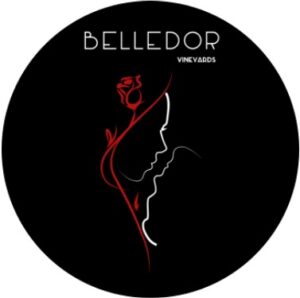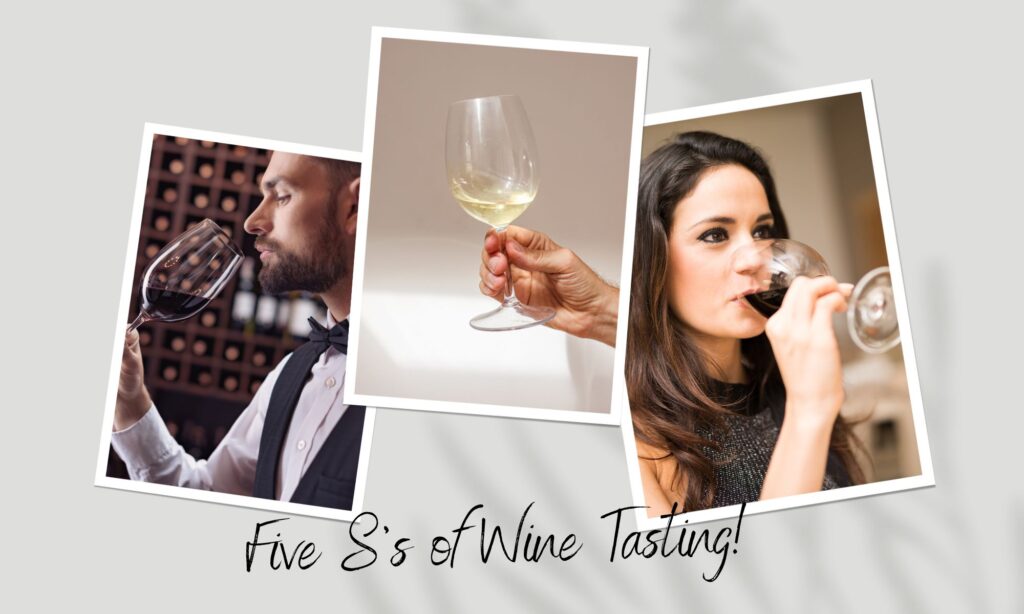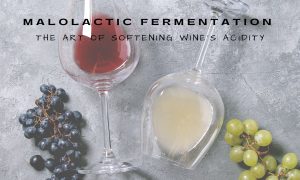Wine tasting is not just about sipping wine and getting drunk; it’s an art that can be enjoyed by everyone. Whether you are a seasoned wine connoisseur or a beginner, wine tasting can be an enjoyable and educational experience where sipping and learning is a fun group activity! In this article, we’ll go over the basics of wine tasting, including the Five S’s of Wine Tasting, and how you can appreciate the different components of wine. So, grab a glass and let’s explore the world of wine tasting together!
There are many reasons why learning how to taste wine and appreciate it can be beneficial. Wine is a complex and multifaceted beverage that can offer a wide range of tastes and experiences, making it an excellent way to expand your palate and explore new flavors. Moreover, wine appreciation can also be a way to connect with the culture and history of different regions and countries. Wine has been around for thousands of years, and each region and country has its unique wine-making traditions and techniques. By learning about the different types of wine and how they’re made, you can gain a deeper appreciation for the history and culture behind them.
Wine tasting is an art that requires a keen sense of smell, taste, and sight. It is the perfect opportunity to explore and appreciate the complexity of the wine, from its color to its aroma and flavor. Whether you are a seasoned wine connoisseur or a beginner, here are some basic steps to follow to make the most out of your wine tasting experience.
The Five S’s of Wine Tasting
- See – The first step in wine tasting is to observe the wine’s color and clarity. Tilt your glass at a 45-degree angle and hold it up against a white background to get a better view of the color. This will give you an indication of the age, grape variety, and style of the wine. For example, a deep red color suggests that the wine is full-bodied and rich in flavor, while a pale-yellow color suggests a lighter and more delicate wine.
- Swirl – Once you have observed the color, it’s time to give the wine a good swirl. This helps to release the wine’s aroma and flavor. Place your glass on a flat surface and swirl it gently in a circular motion for a few seconds. This will help to aerate the wine and release any trapped aromas.
- Smell – After swirling, put your nose into the glass and take a deep breath. This is where you can pick up the wine’s aroma or bouquet. The aroma can give you a clue about the wine’s age, grape variety, and the terroir (soil and climate) where the grapes were grown. For example, a wine with a strong fruity aroma may suggest that the grapes were grown in a warm climate.
- Sip – Now it’s time to take a sip of the wine. Take a small sip and let it roll around your tongue before swallowing. This is where you can taste the wine’s flavor and texture. The texture can give you an indication of the wine’s body and tannins. For example, a wine with a full-bodied texture and strong tannins may suggest that it was aged in oak barrels.
- Savor – The final step is to savor the wine. Take another sip and pay attention to the aftertaste. This is where you can pick up any lingering flavors and aromas. The finish can give you an indication of the wine’s quality and complexity. For example, a wine with a long and smooth finish may suggest that it was made with high-quality grapes and aged for a long time.
In conclusion, wine tasting is an enjoyable and educational experience that can be appreciated by anyone. By following the Five S’s of Wine Tasting – See, Swirl, Smell, Sip, and Savor – and, you can fully appreciate the complexity of different types of wines. Remember, wine appreciation is not just about sipping, but also about understanding and experiencing the different elements that make up the wine’s taste and texture. So next time you’re enjoying a glass of wine, take the time to appreciate it fully and try out the Five S’s of Wine Tasting! Cheers to the wonderful world of wine tasting!














